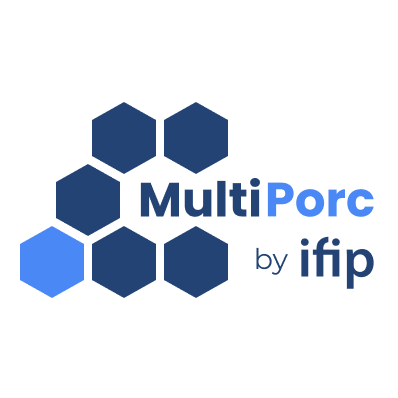Fast methods for detecting muscle protein denaturation due to salting
Ajouter à ma liste
Auteurs :
Vautier A, Carlier M, Tiaho F
Meat preparations and meat products are defined in the 853/2004 EC regulation with a major difference that consists in muscle structure modifications and fresh meat characteristics loss, in the case of meat products. In contrast, meat preparation still shows macroscopic and microscopic muscle structure. The addition of salt, used in meat processing as a flavour enhancer, preservative, and texture-control agent, lead to protein denaturation. Salt effect on isolated myofibers is known to produce Z-lines degradation, swelling and/or disappearance of sarcomere anisotropic regions observed by electron microscopy [1]. These changes are due to solubilization of myofibrillar proteins in the presence of salt [2]. On sausage meat, a salt amount higher than 1.3% could result in considering the sausage as a meat-based product [3]. The aim of this experiment was to test different technologies for grading meat according to their salt content, to help classification of product according to 853/2004 EC regulation for high salt content meat, like “petit salé”. Visible and Near Infrared (VisNIR) spectroscopy due to the water peaks in the spectrum, and Second Harmonic Generation (SHG) imaging for its very simple sample preparation [4], were studied as histology alternatives.
Fiche technique
Titre :
Fast methods for detecting muscle protein denaturation due to salting
Date sortie / parution :
2025
Référence :
71st ICoMST (International Congress of Meat Science and Technology), 3-8 août 2025, Girona (Espagne)









